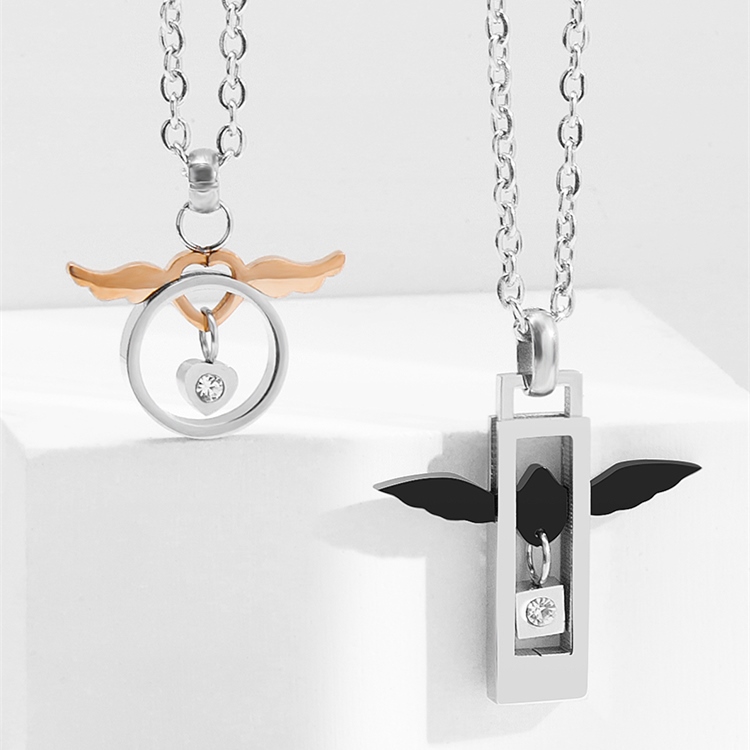Why are guys wearing necklaces So Popular?
In the past few years, the popularity of Matching Chains For Couples has exploded. Many men, from celebs on the red-carpet to social media influencers have chosen to make this piece of jewelry an essential piece in their wardrobe. What is it about necklaces that draw so much attention?
Necklaces are versatile. They are simple and understated or bold and statement-making or anything in between. This flexibility allows men to express their individual style, mood, or even a specific message they wish to convey.
Necklaces can also be used to start conversations. If it's a distinctive pendant or a custom design, a necklace can serve as an instant icebreaker, allowing individuals to meet others through shared desires or experiences.
Guys with Couple Jewelry Sets are an indication of a greater acceptance of fashion choices, especially because the lines between male and female fashions are blurred. It's one small step towards breaking down gender stereotypes and embracing individual style without limitations.
Many cultures and religions have celebrated men wearing jewelry for centuries, from protection amulets to status symbols. As global fashion becomes more interconnected, we see an amalgamation of these traditions which makes necklaces worn by men even more popular.
Many men find wearing a necklace to be an empowering experience. It demonstrates confidence, individuality, and self-expression that helps them stand out in a crowd.
The history of jewelry worn by men
The trend of men wearing necklaces may seem to be a relatively new phenomenon, but the history of men wearing jewelry dates back to thousands of years. Ancient civilizations from the Egyptians to the Romans recognized the power and status associated with jewelry.
Pharaohs, noblemen, and other ancient Egyptians wore gold necklaces that were adorned with precious stones. These necklaces weren't only to be used for decoration, they represented the wearer's power, wealth and connection to the gods.
Romans, however believed that jewelry was a sign of the status of the wearer. The highest-ranking officials and soldiers frequently were seen wearing rings, necklaces, and other adornments as symbols of their status. They also believed that certain gems and metals had protective properties, and they incorporated them into their jewelry to enhance design and function.
Fast forward to the Middle Ages, where knights had pendants and medallions worn to identify themselves on the battlefield. These pieces were often adorned with the family crest, religious icon or symbol of the knight's family. They served practical and spiritual purpose.
During the Renaissance, as the arts and culture grew, so did fashion for men. Nobles and scholars dressed their necks in elaborate necklaces to display their wealth and taste. These were genuine works of art because of their intricate designs and precious stones.
In the recent past, the counterculture movement in the 1960s and 1970s led to the resurgence of jewelry for men. Many men were inspired by their travels around world and a desire to be free from conventional norms. They took to wearing rings and necklaces as a means of expressing themselves.
Today, with the rise of individualism and personal branding, men sporting necklaces are now a prevailing trend. It doesn't matter if it's influenced by history, culture, or personal taste One thing is for certain that jewelry for men, specifically necklaces are on the rise and will stay.
Matching Chains For Couples: 5 Popular Designs



